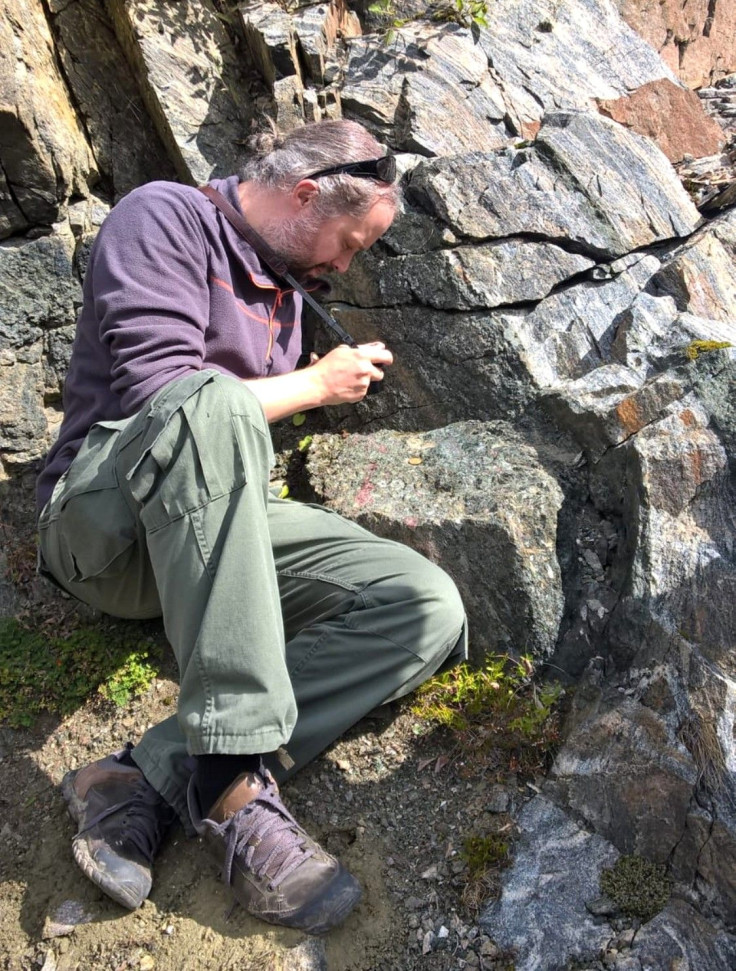Free Oxygen In Earth’s Atmosphere Linked To Changes In Planet’s Crust

When Earth formed about 4.6 billion years ago, its nascent atmosphere was almost non-existent and consisted primarily of compounds of hydrogen, such as methane, water vapor and hydrogen sulfide, as well as very large amounts of carbon dioxide. The most important part of the planet’s present-day atmosphere for the survival of all animal species — oxygen — didn’t exist in its free form till about 2.4 billion years ago.
It now accounts for almost 21 percent of the atmosphere, but scientists still don’t fully understand what caused oxygen to suddenly fill up the atmosphere with such rapidity at the time it did.
One of the factors to have affected that change in a big way was changes in the Earth’s crust that took place around the same time that the amount of free oxygen went up by 10,000 times, according to research by two geologists from the University of British Columbia (UBC) in Canada.
Toward the end of the Archean Eon, about 2.5 billion years ago, cyanobacteria were producing small amounts of free oxygen as a byproduct of photosynthesis. But in the next 200 million years or so, the amount of free oxygen — needed by all aerobic organisms to live — shot up rapidly from trace amounts to being the second largest (after nitrogen) component of the atmosphere, in what is called the Great Oxidation Event (GOE).
“Oxygenation was waiting to happen. All it may have needed was for the continents to mature,” Matthijs Smit, a geologist at UBC and one of the two researchers who published a paper on the subject, said in a statement Monday.
Smit and his fellow researcher Klaus Mezger looked at over 48,000 shale and igneous rocks from around the world, each of them dating back billions of years, and looked closely at their geochemistry.
Before GOE and oxygenation of the atmosphere, the recently formed continents had crusts that were composed mainly of rocks rich in magnesium and low on silica. This kind of continental crust is found today only in a few places, like Iceland and the Faroe Islands. An important component of the rocks at the time was olivine, the same mineral that is responsible for the handful of green sand beaches that exist in the world today.
On coming in contact with water, olivine undergoes a chemical reaction that consumes oxygen and locks it up with the water. So, the researchers think all the early oxygen produced by cyanobacteria underwent the same reaction, and never accumulated in the atmosphere. However, as the continental crust changed to become more silica-rich like today’s, the olivine content reduced, and so did the chemical reactions that locked away free oxygen. Over time, Earth’s oceans reached their saturation point of oxygen, and it finally began becoming a part of the atmosphere.
“It really appears to have been the starting point for life diversification as we know it. After that change, the Earth became much more habitable and suitable for the evolution of complex life, but that needed some trigger mechanism, and that's what we may have found,” Smit said in the statement.
The research paper was published online Monday in the journal Nature Geoscience. Scientists still don’t know what caused the changes to the continental crusts at the time, but think there is a link to modern plate tectonics, which began around the same time.
© Copyright IBTimes 2024. All rights reserved.











